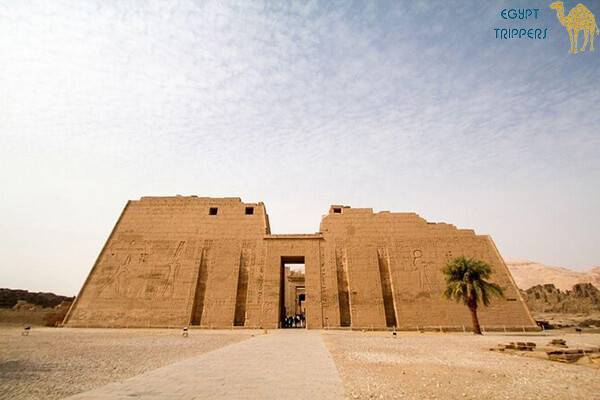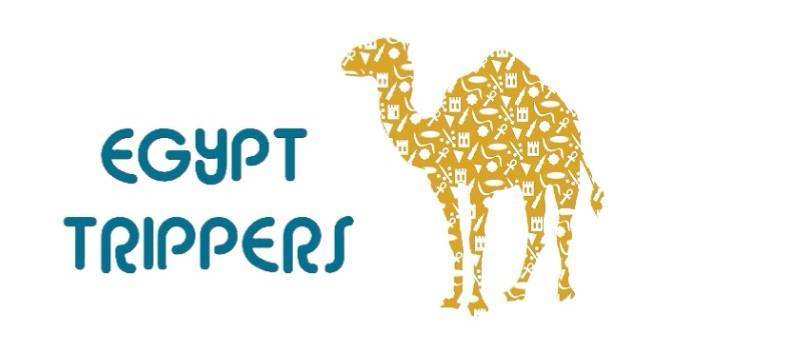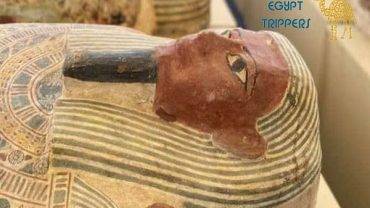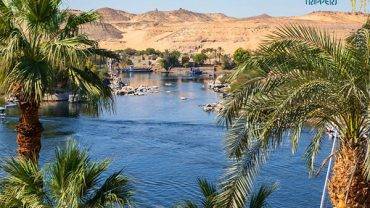The temple of Medinat Habu, also known as the mortuary temple of Ramses III, is one of the sites you will not regret adding to your tour in Luxor. It is a massive building made of sandstone on the west bank of Luxor and holds the title of the second-largest complex in the area, with the first being Karnak. It was first built by Queen Hatshepsut and Thutmose III but was later chosen by Ramses III to be his memorial temple which led to the original being enclosed by a far larger complex which was influenced by Ramses III’s interest in Syrian culture, leading the temple to become more of a fortress instead of a place of worship.
Mark of Battles and Rewards
Due to its presence as the mortuary site of a prominent figure, the Temple of Medinat Habu is covered with many reliefs recounting and describing various battles and stories where Ramses III was a central figure. For curious archaeologists, history nerds, and any other person who wanted to know more of ancient paintings, hieroglyphs, and other fascinating aspects, Temple of Medinat Habu provides all this and more along with a vast number of areas to explore; each of them containing their own snippets of history.
As is only right for a near-fortress, the Migdol Gate stands as the first thing people would see on their way to the temple and has two large statues of the Egyptian goddess Sekhmet, the warrior goddess of healing on either side of it. There is a temple to the right, which Hatshepsut built in 1490 BC. Across from this lie the Chapels of Votaresses, who were the governors of Thebes and the high priestesses of the Egyptian god of air Amun.

Beyond this is the Sacred Lake where women of the temple would come to pray and the first pylon which contains reliefs of large-scale battles. A little further lies the large first court, surrounded by columns depicting Osiride statues of Ramses III being attended to by his minor queens. To their left is the Royal Palace and, in the center, lies the Window of Appearances where the King rewarded devoted commanders with golden collars.
Tourists and sight-seers can also see the second Pylon which shows more reliefs of Ramses III, while going to the Hypostyle Hall in the second court would allow them to see the Hieroglyph-covered bases of the 24 pillars that remain. Five chapels are dedicated to Ptah, the Egyptian god of creation, Sokar god of rebirth, Osiris god of life and death, Ramsses II, and Ramses III.
The Sea People
However, perhaps the most important relief in this Temple of Medinat Habu that it regales the tale of the Hyksos or ‘Sea People’ and their conflict with Ramses III.
Temple of Medinat Habu As Good as a History Book
With such history, a lot of eyes were inevitably placed on this temple and the University of Chicago Oriental Institute continues to survey, record, and conserve the remains of this historical site but that doesn’t prevent curious onlookers from wanting to take a closer look at this rich history and now, you can as well.




Comment (0)